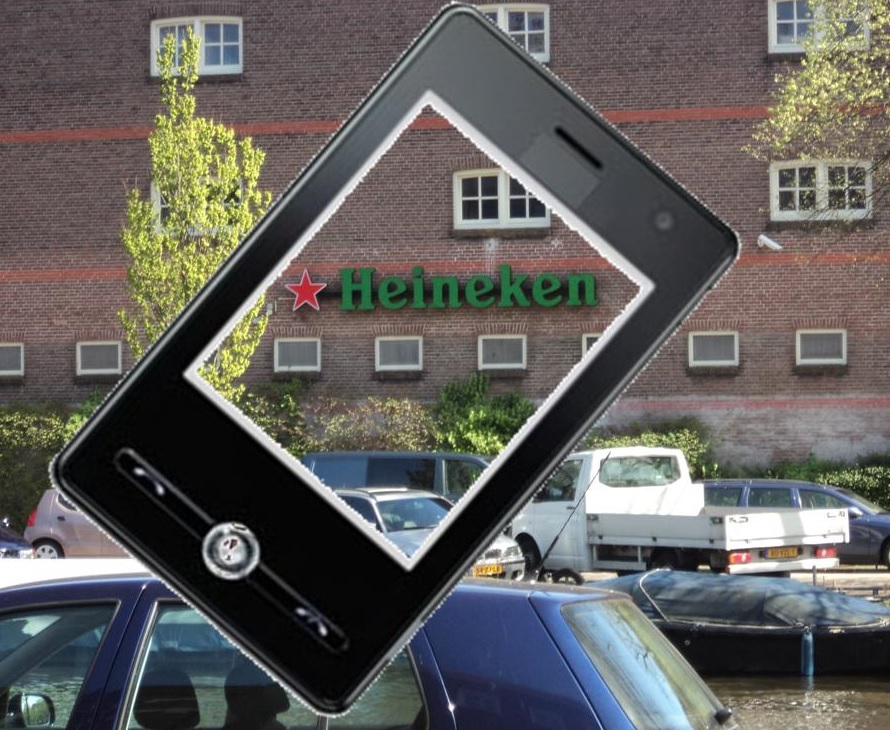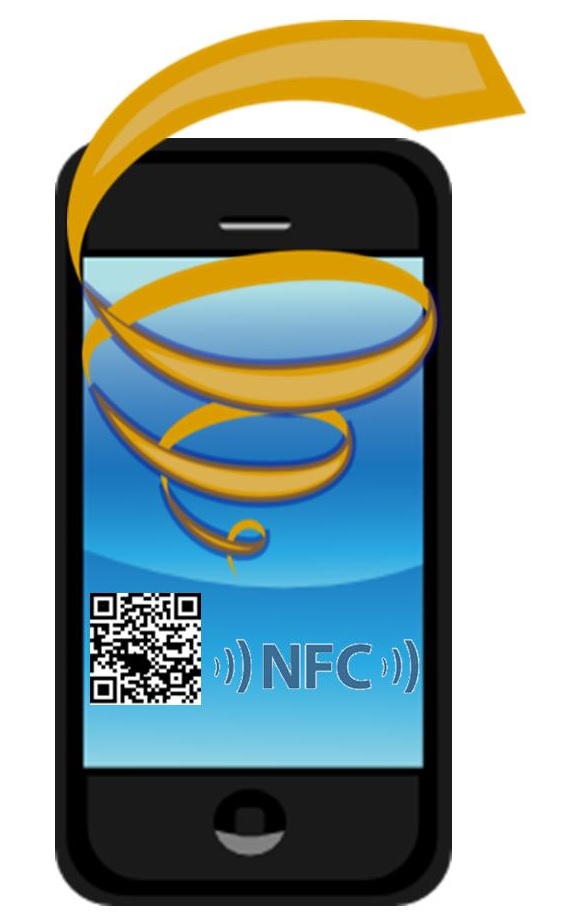The alliance between the two companies is estimated to be worth approximately £500,000.
A cross portfolio contract is bringing Weve – the m-commerce platform that was created by Vodafone, O2, and EE – together with Heineken UK in a mobile marketing campaign to target smartphone carrying consumers.
This is one element of a larger deal worth a half of a billion pounds that is meant to expand Heineken’s m-commerce presence.
The alcohol company is hoping that it will be able to broaden the reach of its ads throughout the smartphone channel with this mobile marketing partnership. It was negotiated by Starcom MediaVest Group and will be reaching all of the brands from Heineken, including Fosters, Strongbow, and Bulmers. It will be launching its campaigns throughout July and continuing them throughout the remainder of the year.
Heineken has been growing its focus on mobile marketing as it grows its presence on the smartphone channel.
 The company is especially looking focused on the “always on” environment that involves mobile marketing through messaging. This new partnership represents a continuing increase that has been occurring year over year in its investments into this space. The reason is that it has found that the brands that have been concentrating more on smartphone advertising and on being tech savvy are those that are gaining a much more meaningful access to consumers and that are achieving a richer audience insight level.
The company is especially looking focused on the “always on” environment that involves mobile marketing through messaging. This new partnership represents a continuing increase that has been occurring year over year in its investments into this space. The reason is that it has found that the brands that have been concentrating more on smartphone advertising and on being tech savvy are those that are gaining a much more meaningful access to consumers and that are achieving a richer audience insight level.
Senior brand manager from Heineken UK, Lynsey Hurst spoke of this new mobile marketing deal by saying that “The opportunity with Weve is unique and is naturally full of innovation, Weve are uniquely positioned in the market, both in terms of targeting capabilities and detailed audience understanding, they are therefore a perfect partner for our brands to be working more closely with.”
It was also revealed that Weve and Heineken will be working together on focused research in order to be able to measure the value of their mobile marketing strategies and campaigns. It will also be monitoring the impact made on the sales data by their central off-trade and on-trade partners. The goal is to be able to gain a much better understanding of the techniques and hone the strategy in the most effective and efficient way.
These techniques are primary behind driving Google billboard consumer engagement.
Google Play has released a new advertising campaign to boost mobile commerce from Android users, employing both QR codes and NFC technology to help to engage with consumers and encourage them to interact with billboard content using nontraditional techniques.
The campaign has been focused on consumers in various parts of Australia.
It was launched by oOh! Media and created mobile commerce connected billboards at the domestic airports located in Melbourne, Sydney, and Brisbane. They allow smartphone carrying travelers to be able to interact with content that is presented to them on digital billboards. They can then pay to download content onto their android smartphones using the free Wi-Fi within the airport, provided by oOh!
The mobile commerce purchase can be activated using either a QR code scan or an NFC tag tap.
 Once the mobile commerce transaction is complete, the desired content appears on the screen of the Android based device that was used to buy it. For instance, shoppers may spot a book that they would like to read while viewing one of the Google Play billboard ads in the airport while they are waiting for their flight. They can simply scan a QR code to head directly to the download screen for that digital product and it will be sent immediately to their device.
Once the mobile commerce transaction is complete, the desired content appears on the screen of the Android based device that was used to buy it. For instance, shoppers may spot a book that they would like to read while viewing one of the Google Play billboard ads in the airport while they are waiting for their flight. They can simply scan a QR code to head directly to the download screen for that digital product and it will be sent immediately to their device.
According to the Google Account communications planning director, Jenn Brown, PhD, “We wanted the campaign to be rewarding, interactive and truly mobile. We wanted this to be at a moment where consumption of entertainment content was top of mind and the airport environment delivered on all of these elements.”
Brown went on to say that the mobile commerce campaign has already managed to bring about more than 2000 interactions, which is considerably greater than any of the “trial” NFC campaign and oOh! campaign engagement metrics that have been achieved worldwide.
The group director of oOh! business strategy, Warwick Denby, explained that this is a first, worldwide, and that it is a prime example of how mobile commerce and billboard displays are very compatible with one another. It also illustrates, said Denby, how smartphones are able to “drive engagement and enable consumers to connect and transact with the brand online – immediately.”
 The company is especially looking focused on the “always on” environment that involves mobile marketing through messaging. This new partnership represents a continuing increase that has been occurring year over year in its investments into this space. The reason is that it has found that the brands that have been concentrating more on smartphone advertising and on being tech savvy are those that are gaining a much more meaningful access to consumers and that are achieving a richer audience insight level.
The company is especially looking focused on the “always on” environment that involves mobile marketing through messaging. This new partnership represents a continuing increase that has been occurring year over year in its investments into this space. The reason is that it has found that the brands that have been concentrating more on smartphone advertising and on being tech savvy are those that are gaining a much more meaningful access to consumers and that are achieving a richer audience insight level.
 Once the mobile commerce transaction is complete, the desired content appears on the screen of the Android based device that was used to buy it. For instance, shoppers may spot a book that they would like to read while viewing one of the Google Play billboard ads in the airport while they are waiting for their flight. They can simply scan a QR code to head directly to the download screen for that digital product and it will be sent immediately to their device.
Once the mobile commerce transaction is complete, the desired content appears on the screen of the Android based device that was used to buy it. For instance, shoppers may spot a book that they would like to read while viewing one of the Google Play billboard ads in the airport while they are waiting for their flight. They can simply scan a QR code to head directly to the download screen for that digital product and it will be sent immediately to their device.